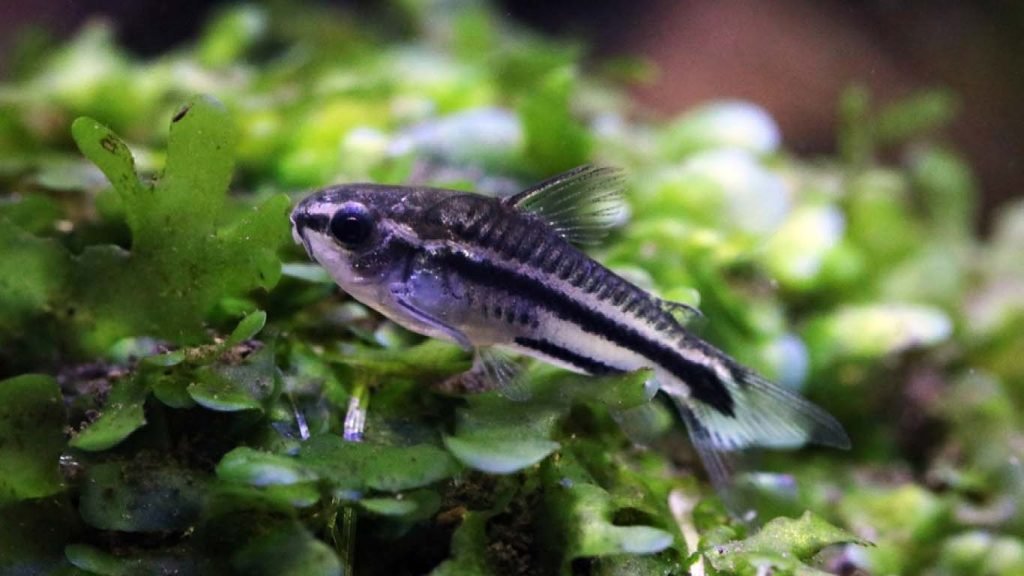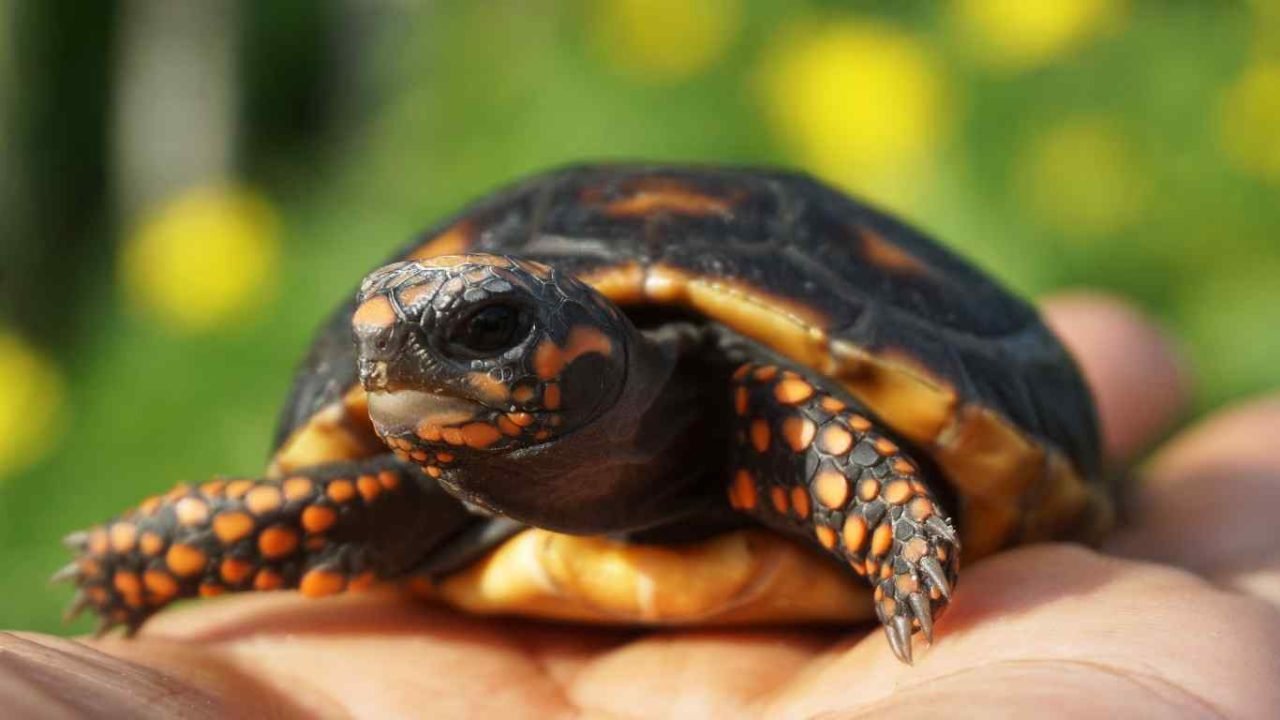Are you considering adding some tank mates to your betta fish aquarium? Pygmy corydoras, known for their small size and peaceful nature, could be the perfect companions for your betta. These small and peaceful fish have the potential to coexist well in the same tank, creating a harmonious and serene aquatic environment. Adding Pygmy Corydoras with betta can enhance the overall beauty and dynamics of your aquarium.
Pygmy Corydoras with Betta- Core Insights:
Tank Size and Requirements
When setting up a tank for pygmy corydoras and betta fish, it is crucial to consider the right tank size and provide suitable conditions for both species to thrive. Pygmy corydoras are small fish, reaching a maximum size of around 1.2 inches. To cater to their social nature, it’s recommended to keep them in groups of 8 or more. This means you will need a tank spacious enough to accommodate a school of pygmy corydoras.
For the well-being of both pygmy corydoras and betta, a minimum tank size of 10 gallons is advised. This allows ample swimming space for the fish and reduces the likelihood of stress-induced aggression. In smaller tanks, such as a 5-gallon aquarium, the corydoras may feel less secure and become more vulnerable to any potential aggression from the betta.
Proper tank size and setup are essential for ensuring harmonious coexistence between pygmy corydoras and betta fish.
Moreover to providing adequate swimming space, it’s crucial to create hiding places for the pygmy corydoras to feel secure. This helps prevent any potential conflicts between the corydoras and the betta. Live or artificial plants, driftwood, and caves are excellent additions to the tank that provide suitable hiding spots for the corydoras.
| Species | Tank Size | Group Size |
|---|---|---|
| Pygmy Corydoras | Minimum 10 gallons | 8 or more |
| Betta Fish | Minimum 10 gallons | Single fish |
Table: Tank size requirements for pygmy corydoras and betta fish
Water Parameters and Habitat
Creating the right water conditions and habitat is crucial for the well-being of both pygmy corydoras and betta fish. These two species share similar preferences when it comes to water parameters, making it easier to provide them with a suitable environment.
Soft Water and Acidic pH: Pygmy corydoras are native to the soft, acidic waters of the Amazon basin, while betta fish also thrive in slightly acidic conditions. To ensure the health and vitality of both species, it’s important to maintain the following water parameters:
- pH: 6.0-7.2 for pygmy corydoras and 6.0-7.0 for betta fish.
- dGH: 4-16 for pygmy corydoras and 4-20 for betta fish.
Keeping the water within these ranges will help replicate their natural habitat and promote optimal health.

Creating a Suitable Habitat: Apart from the water parameters, it’s essential to set up a habitat that allows both pygmy corydoras and bettas to thrive. Adding plants, driftwood, and caves to the aquarium will provide hiding spots and create a natural environment for the fish. This not only helps reduce stress but also allows them to display their natural behaviors.
Here is a breakdown of the essential elements for a suitable habitat:
- Plants: Choose a variety of live or artificial plants that offer coverage and resting places for the fish. Some popular choices include Java fern, Anubias, and floating plants like Water lettuce or Amazon frogbit.
- Driftwood: Adding driftwood not only provides natural decoration but also creates hiding spots and a sense of security for the fish. It can also aid in maintaining the desired water chemistry as it releases tannins, which help lower the pH and create an acidic environment.
- Caves: Pygmy corydoras are known to appreciate caves for shelter, breeding, and laying eggs. Adding small caves or breeding cones in the tank will mimic their natural habitat and promote their well-being.
By carefully considering the water parameters and creating a suitable habitat, you can ensure that your pygmy corydoras and betta fish live in a comfortable and thriving environment.
Feeding and Compatibility
Pygmy corydoras and betta fish have similar feeding habits, making them compatible tank mates when it comes to mealtime. Both species enjoy a varied diet that includes commercial dried foods, live foods, and frozen foods.
Commercial dried foods, such as pellets or flakes, are a staple for both pygmy corydoras and bettas. These foods are nutritionally balanced and provide essential nutrients for their growth and well-being.

TetraCichlid Cichlid Flakes Fish Fod
Live and frozen foods are also beneficial for both species. Pygmy corydoras and bettas appreciate the occasional indulgence of bloodworms, mosquito larvae, and brine shrimp. These foods mimic their natural diet and provide important nutrients.
When it comes to feeding behavior, there is one notable difference between bettas and pygmy corydoras. Bettas prefer to feed from the water’s surface, while pygmy corydoras are mid-water feeders.
To ensure that both species get their fair share of food without competition or confusion, it is recommended to feed the betta floating pellets in one area of the tank and sinking pellets for the corydoras in another area. This targeted feeding method prevents any potential aggression or food-related disputes during mealtimes.
Feeding pygmy corydoras and bettas requires offering a diverse diet that includes commercial dried foods, live foods, and frozen foods. While bettas prefer feeding from the water’s surface, pygmy corydoras are mid-water feeders. To maintain a peaceful and harmonious tank, it is advisable to provide separate feeding areas to prevent any food-related conflicts.
| Corydoras | Betta |
|---|---|
| Commercial dried foods (pellets or flakes) | Commercial dried foods (pellets or flakes) |
| Live foods (bloodworms, mosquito larvae, brine shrimp) | Live foods (bloodworms, mosquito larvae, brine shrimp) |
| Frozen foods (bloodworms, mosquito larvae, brine shrimp) | Frozen foods (bloodworms, mosquito larvae, brine shrimp) |
Temperament and Compatibility
While pygmy corydoras are known for being peaceful and friendly fish, bettas can be territorial and aggressive towards other fish. Care should be taken when introducing pygmy corydoras to a tank with a betta to ensure that the betta does not attack or harass the corydoras. It’s important to monitor the behavior of the betta and make sure that it is not showing signs of aggression towards the corydoras.

While most bettas can coexist peacefully with pygmy corydoras, there is still a small chance of aggression, and compatibility will ultimately depend on the temperament of the individual betta. Providing plenty of hiding places and creating boundaries in the tank can help to reduce aggression and promote a peaceful environment.
To increase the chances of successful cohabitation, consider the following tips:
- Provide ample hiding places and visual barriers using plants, rocks, or driftwood. This creates territories and personal space for both the betta and pygmy corydoras.
- Choose tank mates that are similar in size to minimize the risk of the betta perceiving them as threats.
- Introduce the pygmy corydoras to the tank before introducing the betta. This allows the corydoras to establish their territory and reduces the chances of the betta seeing them as intruders.
- Observe the behavior of the betta closely during the first few days after introducing the pygmy corydoras. If any signs of aggression or stress are observed, consider using a separator or alternative tank setups.
Expert Tip:
“Creating a well-structured and decorated aquarium with plenty of hiding spots and boundaries helps to mitigate aggression and promote a harmonious environment. Remember, each betta has its own personality, so it’s important to closely monitor their interactions with tank mates.”
– Dr. Anna Johnson, Aquatic Biologist
In the end, while pygmy corydoras can make peaceful tank mates for bettas, it’s crucial to carefully observe their behavior and take necessary precautions to ensure compatibility. Providing a well-designed and balanced tank environment with the right hiding places can go a long way in creating a peaceful cohabitation between these two species.

Join Our GeoZoo Family
Subscribe to our Newsletter
Final Remarks
Pygmy corydoras, when introduced to a tank with betta fish, can be wonderful tank mates. It’s crucial to provide the right care and environment for their compatibility, ensuring a suitable tank setup that includes enough swimming space, hiding places, and maintaining water conditions mimicking their natural habitat.
Monitoring the betta fish’s behavior is essential to prevent aggression towards the peace-loving corydoras. With proper care and attention, a serene and harmonious aquatic environment can be created for both species to coexist peacefully.
If you’re interested in breeding pygmy corydoras, it’s important to create conditions conducive to breeding behavior. Offering caves or hiding spots in the tank provides a safe place for them to lay their eggs, and ensuring suitable water parameters and temperature facilitates successful breeding. Pygmy Corydoras with Betta can thrive in such an environment, enhancing the overall well-being of the aquatic community.
FAQ
Are pygmy corydoras and bettas compatible tank mates?
Yes, pygmy corydoras are considered one of the best tank mates for betta fish. However, it’s important to monitor their behavior as bettas can be territorial and may show aggression towards other fish.
What is the recommended tank size for pygmy corydoras and bettas?
A minimum tank size of 10 gallons is recommended to provide enough swimming space for both the betta and the pygmy corydoras. It’s important to ensure that there are ample hiding places and boundaries to create a peaceful environment.
What are the water parameters and habitat requirements for pygmy corydoras and bettas?
Pygmy corydoras and bettas prefer slightly acidic water with a pH range of 6.0-7.0. Providing plenty of plants, driftwood, and caves will create a natural and comfortable habitat for both species.
What type of food should I feed pygmy corydoras and bettas?
Both pygmy corydoras and bettas can be fed a variety of commercial dried foods, as well as live and frozen foods such as bloodworms, mosquito larvae, and brine shrimp. It’s important to feed the betta floating pellets and the corydoras sinking pellets to prevent competition during feeding time.
Can pygmy corydoras and bettas coexist peacefully?
While pygmy corydoras are generally peaceful fish, bettas can exhibit aggression towards other fish. Care should be taken when introducing pygmy corydoras to a tank with a betta to ensure compatibility. Providing hiding places and monitoring the behavior of the betta can help reduce aggression.
Is it possible to breed pygmy corydoras?
Yes, pygmy corydoras can be bred in captivity. Creating the right conditions, such as providing caves or hiding spots for them to lay their eggs, can encourage breeding behavior.

